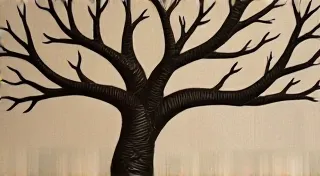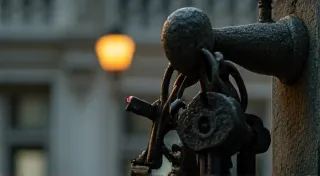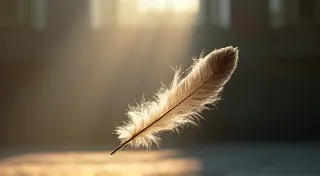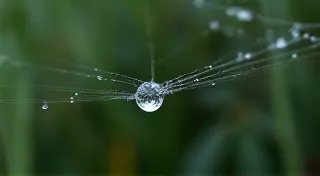Ephemeral Adornments: The Fragility and Resilience of Victorian Button Design
There's a quiet melancholy that settles over me when I handle a Victorian button. It’s more than just the touch of aged material, the coolness of polished jet or the faint scent of aged glue. It’s a whisper of lives lived, of garments treasured, and of fleeting moments captured in miniature. These weren’t merely fasteners; they were tiny jewels, meticulously crafted expressions of style and status in a rapidly changing world. And their fragility speaks volumes about the ephemeral nature of beauty, even as their survival connects us to the past in a surprisingly powerful way.
My own fascination began with a small box inherited from my grandmother. Inside, nestled amongst yellowed lace and faded ribbons, lay a collection of buttons – a veritable treasure trove of ivory, horn, and mother-of-pearl. As a child, I was captivated by their intricate designs, the delicate carvings, and the sheer artistry that seemed improbable for such a small object. They weren't toys; they were relics of a world both familiar and profoundly distant. It sparked a passion that has only deepened over the years.
The Allure of Delicate Materials
Victorian button design was intrinsically linked to the materials available. While we might consider plastic or metal commonplace today, in the 19th century, materials like horn, bone, ivory, mother-of-pearl, jet, and various colored glass were prized. Each presented unique challenges and aesthetic possibilities. Horn, easily shaped and readily available, became a workhorse material, lending itself to deep carving and intricate patterns. Bone, often bleached and polished, offered a similar versatility. Ivory, though increasingly controversial today, held a particular lustre, allowing for incredibly fine details.
But with beauty came vulnerability. Mother-of-pearl, with its iridescent shimmer, is notoriously prone to cracking and chipping. Jet, a fossilized resin, is brittle and easily scratched. Even horn, considered relatively durable, can become porous and discolored with age. These materials demanded care, a gentleness often lost in our modern, disposable culture. Understanding how these materials were shaped and formed is a fascinating window into the manufacturing processes of the era, and further exploration of that topic can be found in Pressed into Form: An Exploration of Victorian Button Manufacturing Techniques.
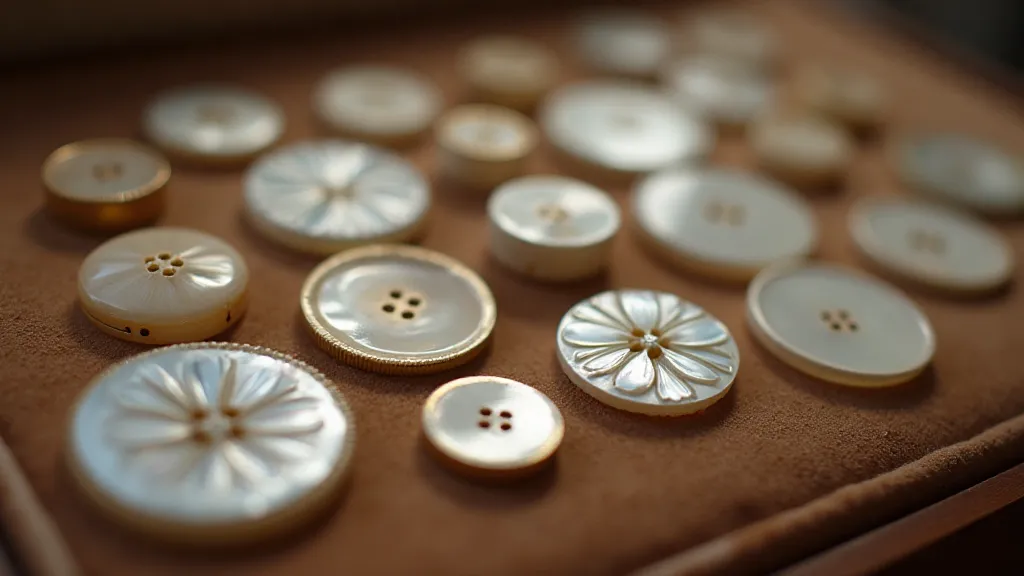
Button Manufacturing: From Handcraft to Industrial Production
The earliest Victorian buttons were largely handmade, meticulously carved and finished by skilled artisans. These early examples represent a level of craftsmanship rarely seen today. As the Victorian era progressed, however, the Industrial Revolution brought with it new technologies and manufacturing processes. Early button factories began to appear, notably in Germany and England, employing machinery like stamping presses and molds. This allowed for mass production, making buttons more affordable and accessible to a wider range of consumers.
The transition wasn't always seamless. While machines offered speed and efficiency, they also risked sacrificing some of the artistic nuances found in handmade buttons. However, clever manufacturers adapted, using machinery to produce the base forms and then employing hand-finishers to add intricate details like engraving and painting. The evolution of button factories is a microcosm of the broader industrial changes of the era. The underlying principles and symbolic meanings embedded within button designs were influenced by broader artistic movements; this aspect is explored further in The Grammar of Ornament: Decoding Button Design Motifs and Their Victorian Meanings.
The rise of button catalogs, often lavishly illustrated, played a crucial role in disseminating design trends and showcasing the latest manufacturing techniques. These catalogs were not just sales tools; they were also significant documents reflecting the tastes and aspirations of Victorian society. Many early factories left behind catalogs that give incredible insight into the manufacturing techniques employed and the aesthetic choices that guided production.
Military Buttons: Symbols of Pride and Service
Military buttons hold a special place in the collector's world. They were not merely fasteners; they were emblems of regimental pride, symbols of service and sacrifice. The designs often incorporated regimental crests, mottoes, and other symbols of military identity. Collecting military buttons offers a tangible connection to specific regiments, battles, and historical events.
The materials used for military buttons varied depending on the regiment’s status and the period in question. Brass and pewter were common for lower ranks, while officers’ buttons were often made of silver or gold. The quality of craftsmanship also reflected the regiment’s prestige. Identifying military buttons requires careful attention to detail – the design, the material, and the markings can provide crucial clues to their origin. These small objects can reveal so much about the people who wore them; a deeper look at this can be found by examining the stories these silent witnesses hold, as described in The Silent Witnesses: Uncovering Stories Through Antique Button Collections.
The Enduring Appeal: Preservation and Collecting
The fragility of Victorian buttons is a constant reminder of the passage of time. They are survivors, bearing the marks of their journeys – scratches, chips, and discolorations – that speak of lives lived and garments worn. Preserving these tiny treasures requires a delicate touch. Exposure to harsh sunlight can fade colors and damage materials. Excessive moisture can lead to mold and corrosion.
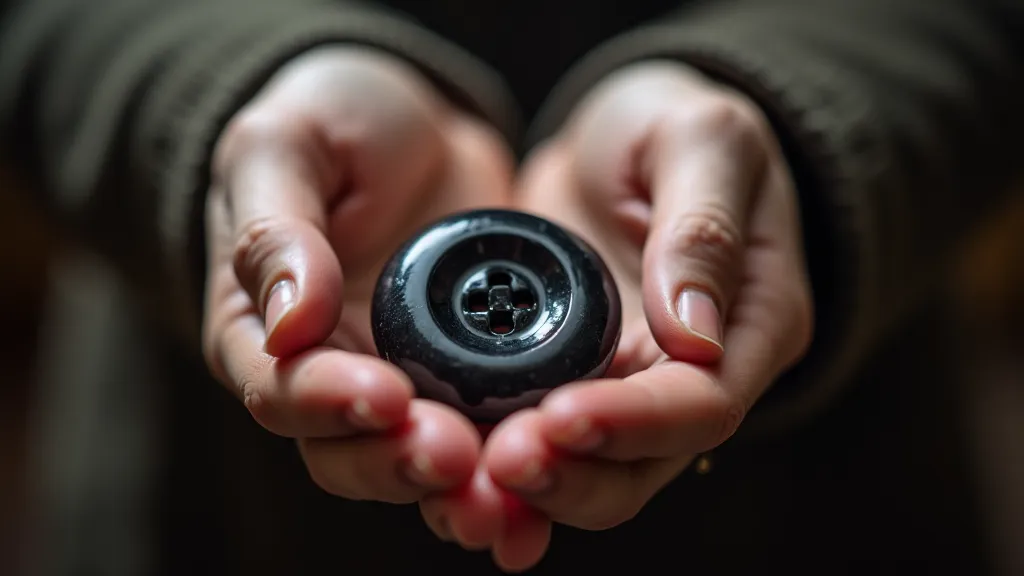
Collecting Victorian buttons is more than just acquiring objects; it's about connecting with history. Each button tells a story – a story of the materials, the manufacturing techniques, the fashions, and the people who wore them. It's a quiet pursuit that rewards patience, attention to detail, and a deep appreciation for the beauty of the past. Understanding the construction techniques and being able to recognize variations in design can transform the collecting process from a hobby into a truly intellectual pursuit. Thinking about the journey of a button, from the tailor's shop to its current display, is often an enlightening experience, and a detailed exploration of that evolution can be found in From Tailors' Shops to Museum Displays: Tracing the Journey of Victorian Buttons.
Beyond the Surface: Understanding Button Design History
Victorian button design wasn't born in a vacuum. It reflected broader artistic movements – the influence of Aestheticism, the revival of historical motifs, and the burgeoning Arts and Crafts movement. Studying button design history provides insights into the aesthetics of the era. Floral designs were hugely popular, reflecting the Victorian love of nature. Geometric patterns borrowed from ancient civilizations also found their way onto button surfaces. The evolution of button designs mirrors the changing tastes and priorities of Victorian society.
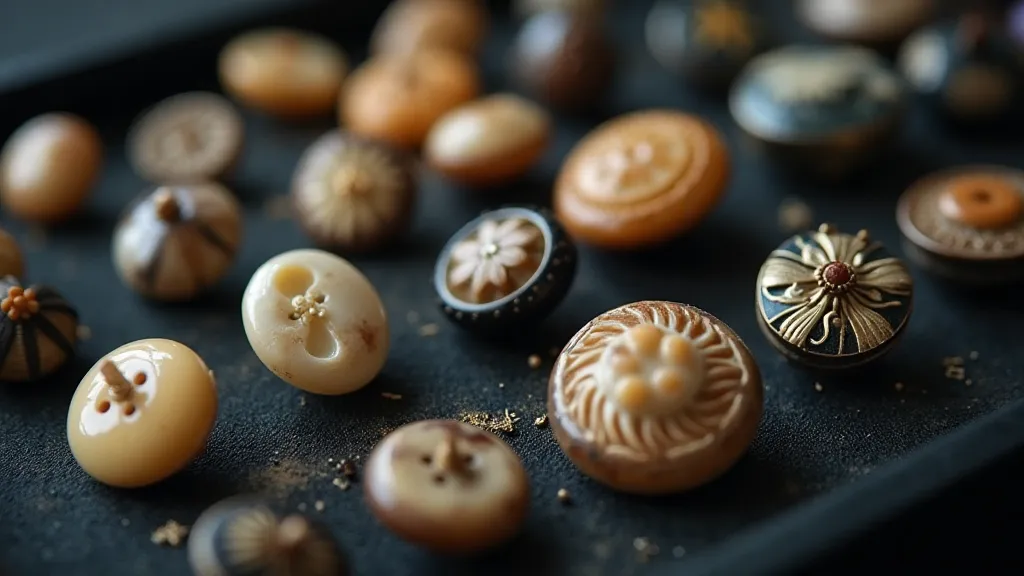
The intricate patterns and motifs found on Victorian buttons often conveyed deeper meanings and social commentary. The Arts and Crafts movement, with its emphasis on handcrafted goods and a rejection of industrial mass production, significantly influenced button design, encouraging a return to more organic and natural forms. The interplay of design and social context is a fascinating area of study, highlighting how even seemingly small objects can reflect larger cultural trends. Examining these intricate details can reveal the intricate tapestry of Victorian society. This era’s unique context and the journey of these items are fascinating to explore.
Furthermore, the materials themselves often held symbolic meaning. Ivory, for instance, was associated with purity and status, while jet, a dark fossilized resin, was often used in mourning jewelry and buttons following the death of a loved one. Understanding these nuances adds another layer of appreciation for the artistry and cultural significance of Victorian buttons.
The role of button design extends beyond mere functionality; it was an integral part of Victorian fashion and a reflection of the era’s social hierarchy. Officers in the military, for example, wore buttons made of silver or gold, signifying their rank and status. Conversely, lower-ranking soldiers often wore buttons made of brass or pewter, highlighting the stark divisions within society.
The influence of global trade and cultural exchange is also evident in Victorian button designs. Motifs from the Middle East, Asia, and other parts of the world were incorporated into button patterns, reflecting Britain’s expanding empire and the influx of new ideas and influences.
The study of Victorian button design is a multidisciplinary endeavor, drawing on insights from art history, fashion history, social history, and material culture. By examining these tiny objects, we can gain a deeper understanding of the Victorian era and the people who lived through it.
The survival of these ephemeral adornments is a testament to the enduring power of beauty and craftsmanship. While they may be small and fragile, they offer a window into a world that continues to fascinate and inspire. Their fragility is what makes them all the more precious, reminding us to cherish the moments, the objects, and the connections that enrich our lives.
